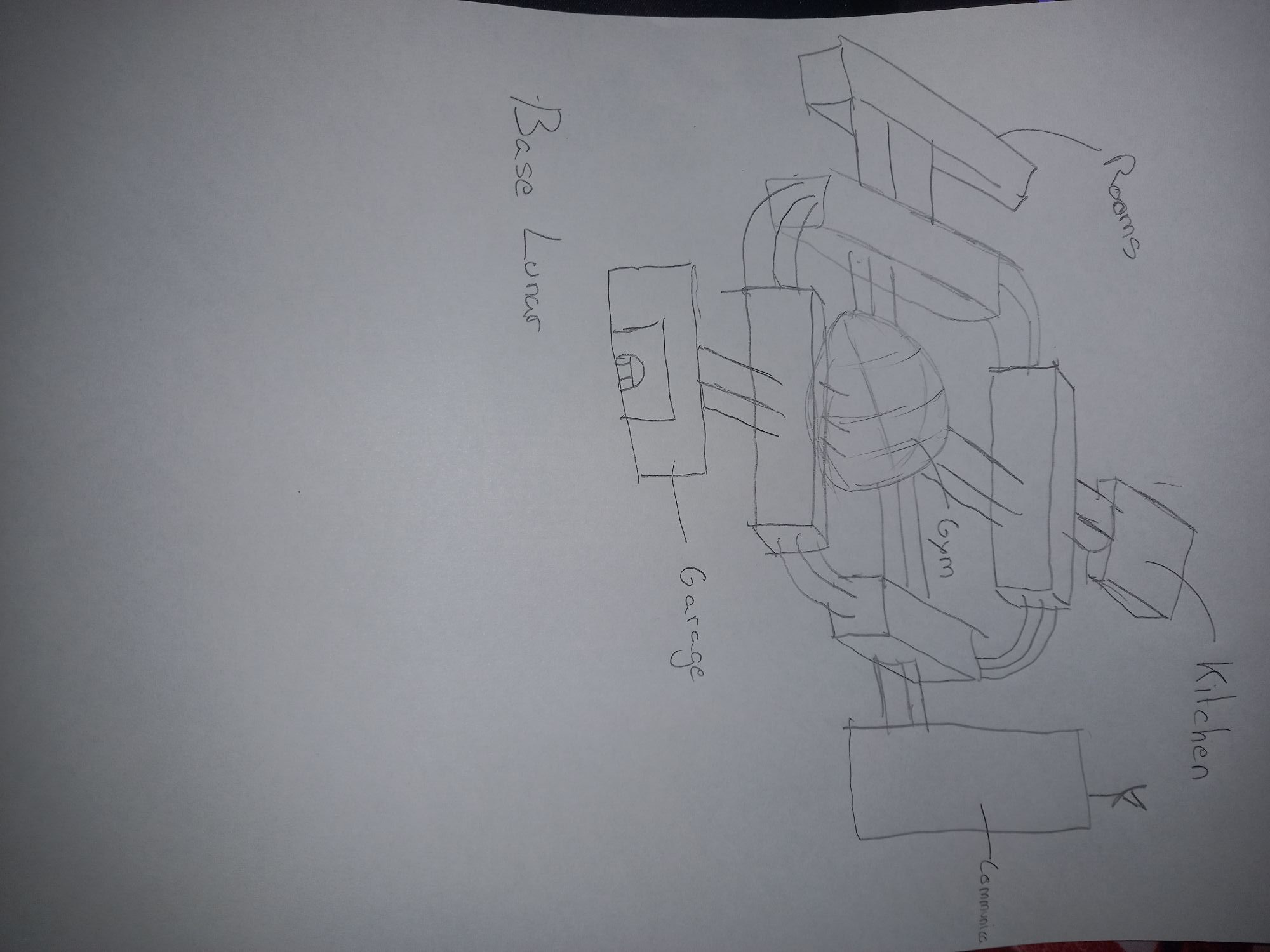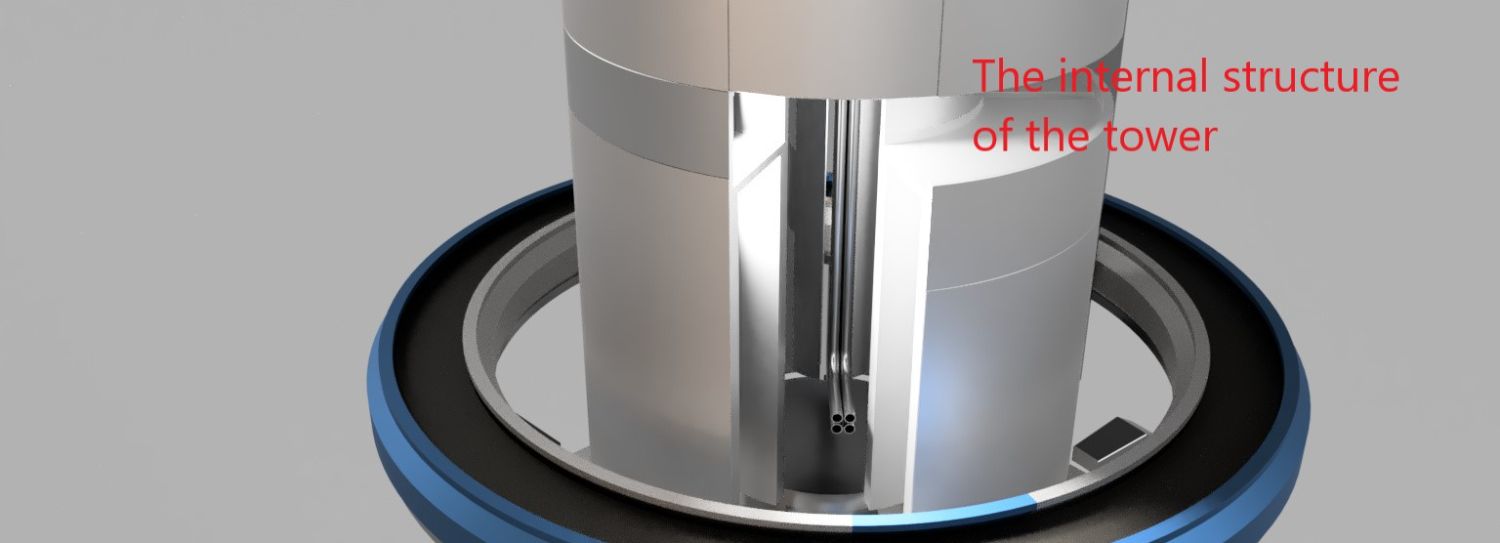Moon Camp Pioneers Gallery 2021-2022
In Moon Camp Pioneers each team’s mission is to 3D design a complete Moon Camp using Fusion 360. They also have to explain how they will use local resources, protect astronauts from the dangerous of space and describe the living and working facilities.
Team: SAFA UBEDA
EEPP SAGRADA FAMILIA UBEDA Spain 17, 18 10 / 2
External viewer for 3d project
|
Project description
Our Lunar Camp Project is a lunar base divided into sections from which the inhabitants can carry out research functions while providing them with the necessary means and tools to be able to live on the moon. Our Project Moon Camp is designed for a total of 12 people. During their stay, the inhabitants will be able to carry out functions of collection, identification and investigation of the components, objects and events that surround them on the Moon. The sections already mentioned are: workshop, observatory and communications room, toilet and toilet, feeding room and gym and greenhouse. Let’s look at each of the sections in detail below. The workshop consists of a garage for the vehicles and the necessary tools to make all the necessary repairs. The observatory consists of a high resolution telescope, a sonar to monitor meteorites, controls and communications with the Earth. The Bathrooms and Bedrooms section contains bedrooms, bathrooms, and showers. The food section consists of a dining area, refrigerator and washing areas. Finally, the last section, shaped like a dome, contains two separate greenhouse subsections for food and a gym from which people can keep fit, essential for living on the Moon. |
|||
|
2.1 Where do you want to build your Moon Camp?
We decided to build our Shackleton Crater camp at the South Pole location, because in this region of the Moon, the temperature is more stable. It will be useful to provide a suitable climate for astronauts. Another reason is that the crater where we will be located would receive between 80% and 90% of sunlight throughout the year. Therefore, we can get a lot of energy with our solar panels. The Artemis program is also heading to the south pole of the Moon, and the Gateway station orbits to land here, so the site will also be well investigated and preparations can be made for the arrival of our base. In the middle of the crater there is total darkness and low temperature, which will allow unique astronomical observations without disturbances. 2.2 How do you plan to build your Moon Camp? Describe the techniques, materials and your design choices.
“Preparation phase”: We will land on the surface “Caesar” (automatic station that will provide power [via RTG] for rovers and contact with Earth) with 3 unmanned rovers “Centurion” and “Legionnaires” near a chosen construction site. Legionnaires will be used to excavate and imprint the constructions using the moon’s regolith and Centurion will proceed to explore the surroundings. In case something goes wrong with Legionnaires or Caesar, Centurion can assist or be used as a backup power source and communications hub. For the construction of our base, we plan to use local resources, which we will process using flexible construction methods, such as 3D printing. CM arrives first. It is rendered using Ariane 6. After connecting to the transfer element (TE) manoeuvres, it will arrive at the NRHO, where it will connect to the Gateway. It will already have two reusable landing elements (RLE) waiting to connect the CanadArm 3 to the NM on each side. This assembly then lands on the moon. The RLE prepares for reuse, reloads and returns to the Gateway. In the next phase, the crew will arrive. CM will function as a temporary laboratory where the suitability of current technologies for use in HLM will be verified. 2.3 The environment on the Moon is very dangerous for the astronauts. Explain how your Moon Camp will protect them. (maximum 150 words)
The use of solid building materials, add special technology, high security, prevent the fall of asteroid meteorites, strong radiation on the moon, can be resisted soil material as a natural protective layer. The absence of volcanic eruptions in the southern hemisphere prevents such natural disasters. |
|||
|
2.4 Explain how your Moon Camp will provide the astronauts with:
|
Water
|
Food
|
Power
|
Air
|
|
First, we bring drinking water from the earth, then we filter and collect human water through the recycling system, and then we look for water on the moon, and ice reacts to accumulate water resources. |
Bring in food from Earth and then provide a food source for the lunar base by building food growing rooms. |
The moon’s surface has a large temperature difference between day and night, which could be used to build a temperature differential generator, which could be used in conjunction with solar panels to provide electricity. |
It provides living conditions for the site by using water and electricity to generate oxygen, as well as photosynthesis of plants. |
|
2.5 Explain what would be the main purpose of your Moon Camp.
The moon contains a wealth of mineral resources and abundant solar energy, and its soil contains a very important fundamental energy commodity: helium. Although our main goal is to conduct scientific research on the moon, we will also support our camp with social areas such as hobby rooms, exercise rooms and public areas. The main goal is to travel, so that everyone who travels to the moon can feel better about the moon in a comfortable and safe living environment. |
|||
|
3.1 Describe a day on the Moon for your Moon Camp astronaut crew.
Astronauts will be divided into the first and second shifts and have different sleeping times, thanks to the sleeping pods that last forever and simulate the night, which will not mess up their work, but will also ensure that at least half of them are awake at all times. Each astronaut will have eight hours of sleep per day, the first class of astronauts will sleep from 24:00 to 8:00, and the second class will sleep from 8:00 to 16:00. Take the first class of astronauts as an example, they will get up from 8:00 to 8:30, wash and enjoy breakfast. 8:30 to 9:00 to the fitness area for early workouts. 9:00-11:00 first to the scientific research room to check the base monitoring and control station, check whether there is a problem, and check the second class of astronauts before bed message and work summary, if necessary ,they will carry out the maintenance of the base,If there are no service tasks, each one will carry out their own first round of work, such as research in the research area, in the plant area to look after plants, research report writing, monitoring the operation of celestial bodies and so on. Enjoy lunch and entertainment from 11:00 to 13:00. 13:00 to 17:00 for the second round of work, the middle can rest. 17:00-19:00 The second class of astronauts just finished exercise, four people to carry out off-camp projects, such as collecting lunar soil samples, lunar ice and other projects that require a team. 19:00-21:00 Four people eat and have fun and talk, or talk to the Earth family. 21:00-23:00 Four people together to carry out the work of cooperation in the camp and hold a short meeting to exchange. 23:00-24:00 The first class of astronauts went to the research room to record messages and a summary of the day’s work, and then washed and slept. The schedule of the second crew is similar, except that all points in time are pushed back eight hours and the first round of work is exchanged with the time spent on off-site projects. |
|||


























